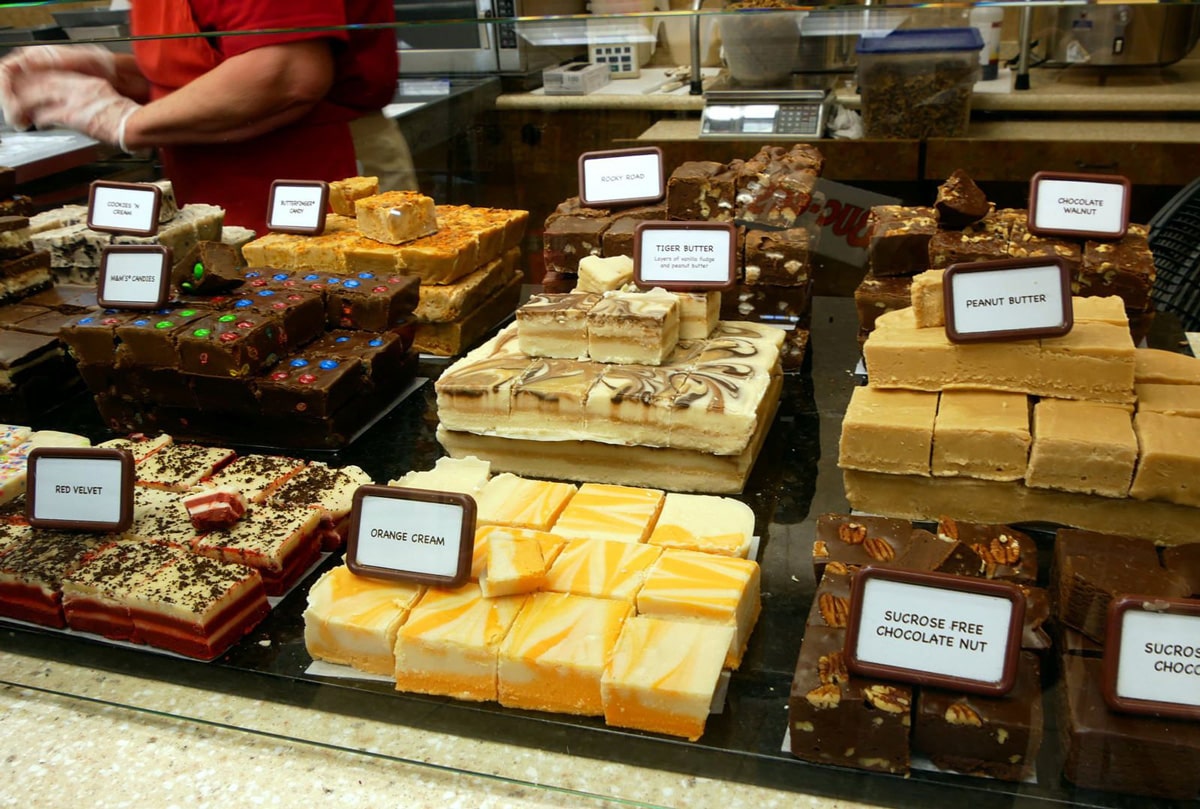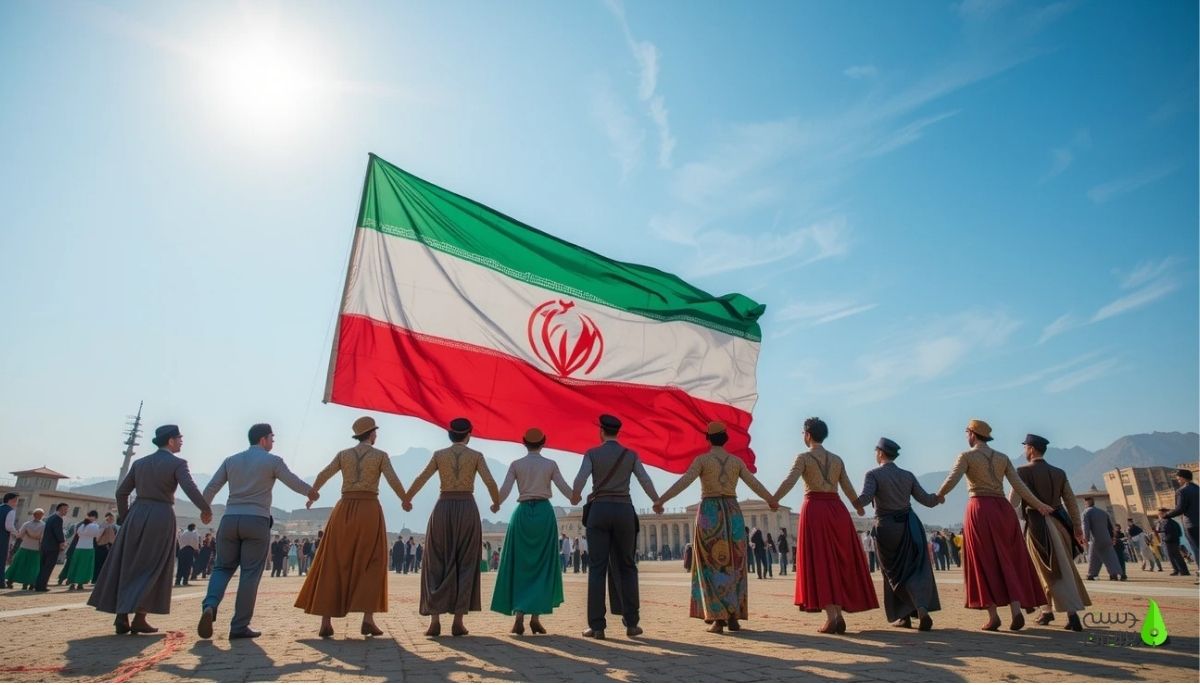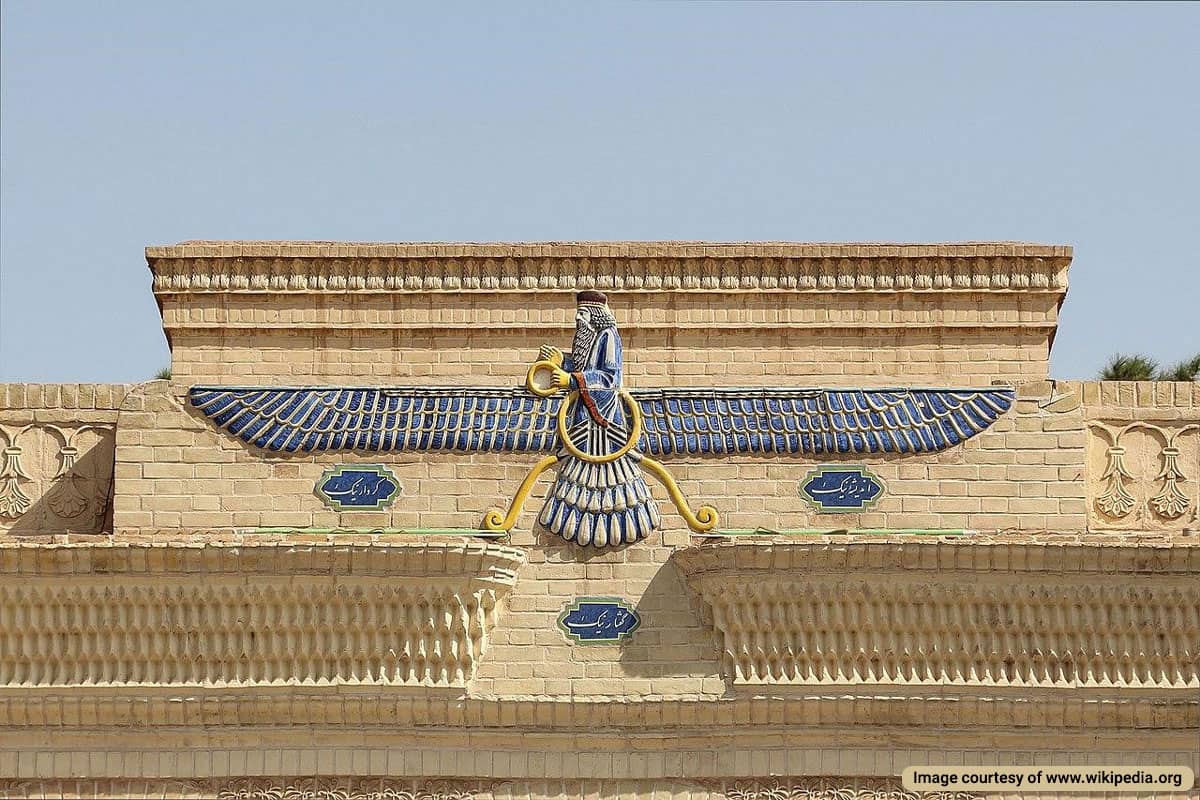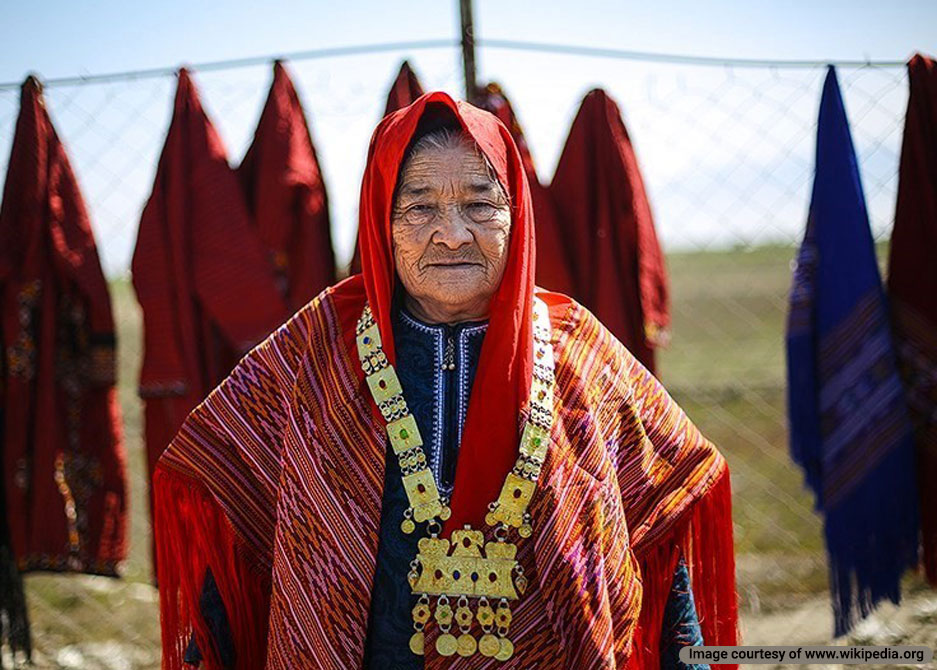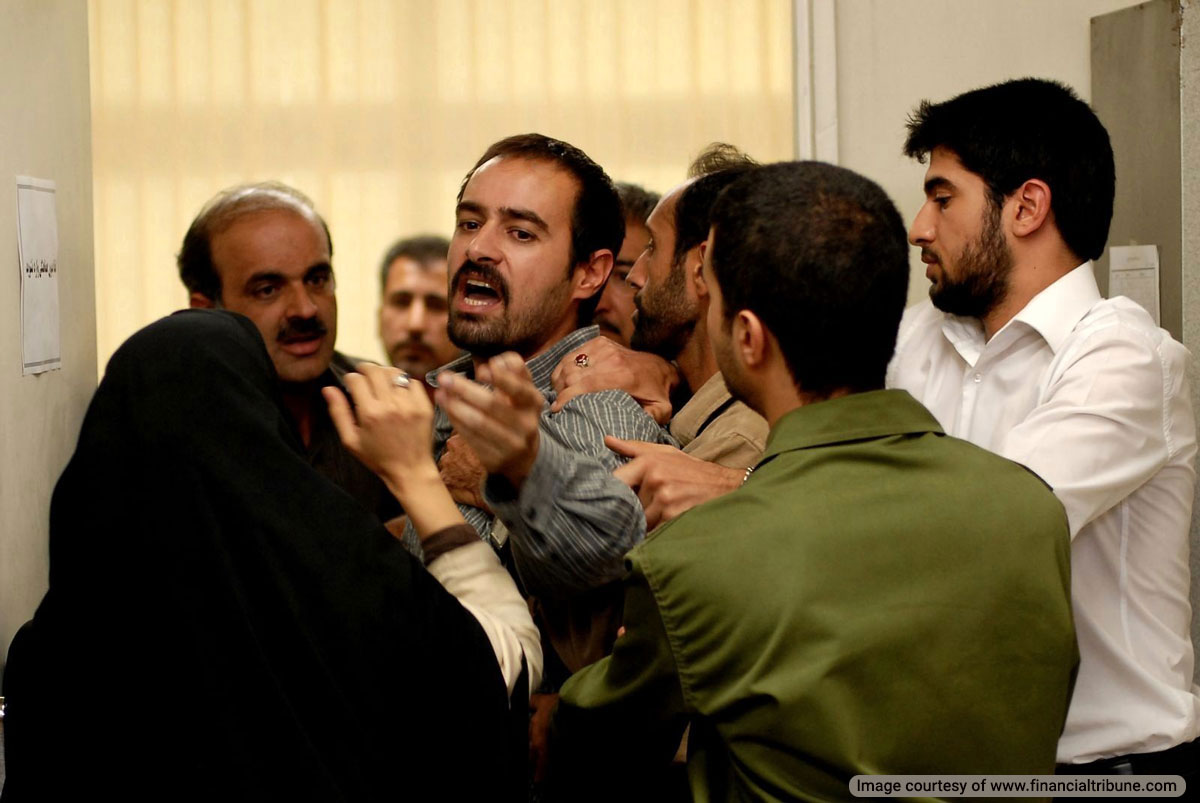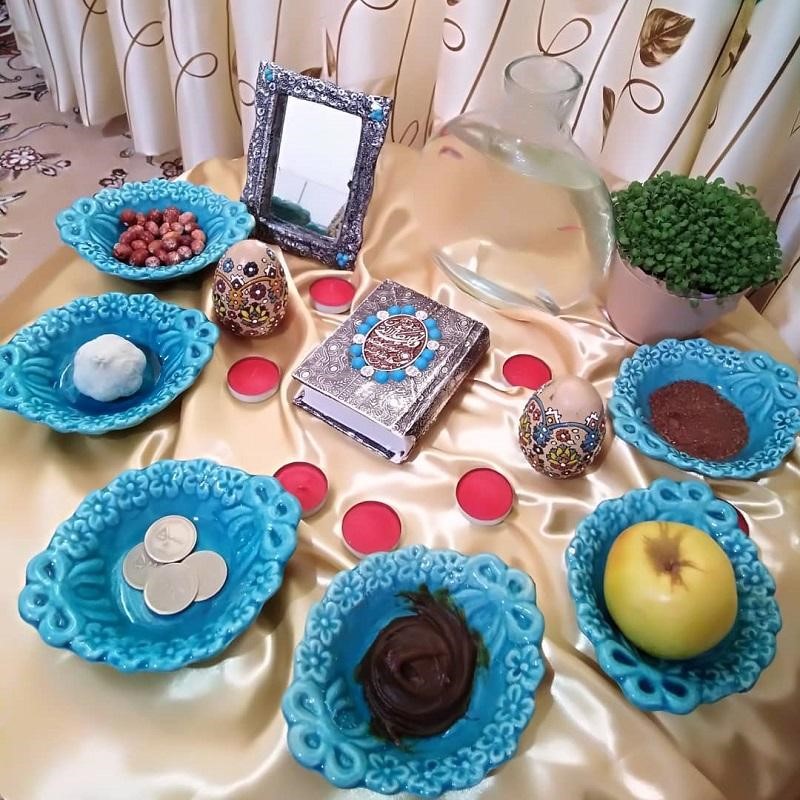
Iranians have celebrated special occasions like other cultures and maintained their traditions since ancient times. These gatherings are not necessarily joyful. Sometimes people gathered to honor the memory of a person and other examples. All these Iranian traditions live on in the form of Iranian ceremonies and customs, and here we introduce some of the most prominent ones.
Classification of Iranian Traditions, Ceremonies and Customs
This classification is as follows:
- Ancient, mythological, and seasonal gatherings,
- Religious gatherings,
- National and state gatherings,
- Family gatherings, and
- Regional gatherings.
Here we briefly introduce the most common gatherings that are held in Iran today. Since ancient times, myths and legends have been the source of inspiration for many gatherings such as Nowruz, Tirgan, Mehregan, Yalda, and Sadeh.
Nowruz
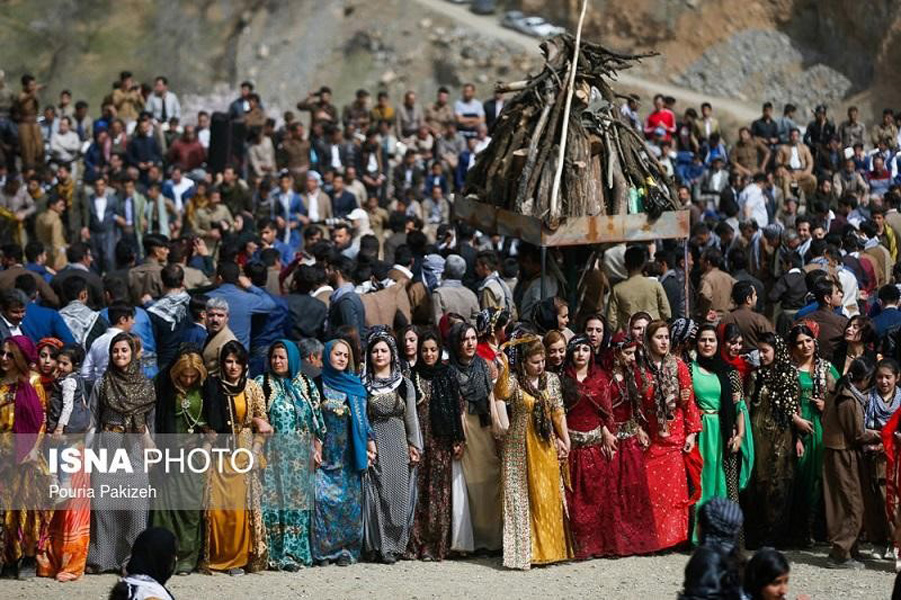
The celebration of Nowruz (New Day) is one of the most famous Iranian traditions and several other countries. Iranians have been celebrating Nowruz in honor of Iranian customs. When the sun reaches the vernal equinox on the prime meridian, the days and nights are approximately equal in length. This day has been called Nowruz for a long time. People knew about this phenomenon thousands of years ago and considered it as the first day of the new year in Iran’s solar calendar.
It is said that Jamshid, the first mythical king of Iran, celebrated this occasion as the beginning of the establishment of justice and defeating the Dev or ghouls. The Iranian traditions and customs of celebrating Nowruz before and after the new year are as follows:
- Chaharshanbe Suri celebration, the last Wednesday of the year (fireworks, etc.),
- Eid of the Dead and the last Thursday of the year which includes respecting the dead in cemeteries, etc.,
- Khaneh Tekani or spring cleaning and planting different seeds,
- Haft Sin (a special combination of symbolic objects in everyone’s home),
- Buying new clothes,
- Nowruz dishes,
- Family visits and observation of traditional values,
- First Nowruz for those who passed away in the previous year,
- Buying and giving away Eidi or Nowruz gifts,
- Sending Nowruz postcards,
- Sizdah Bedar, officially known as National Nature Day,
- and so on.
Tirgan
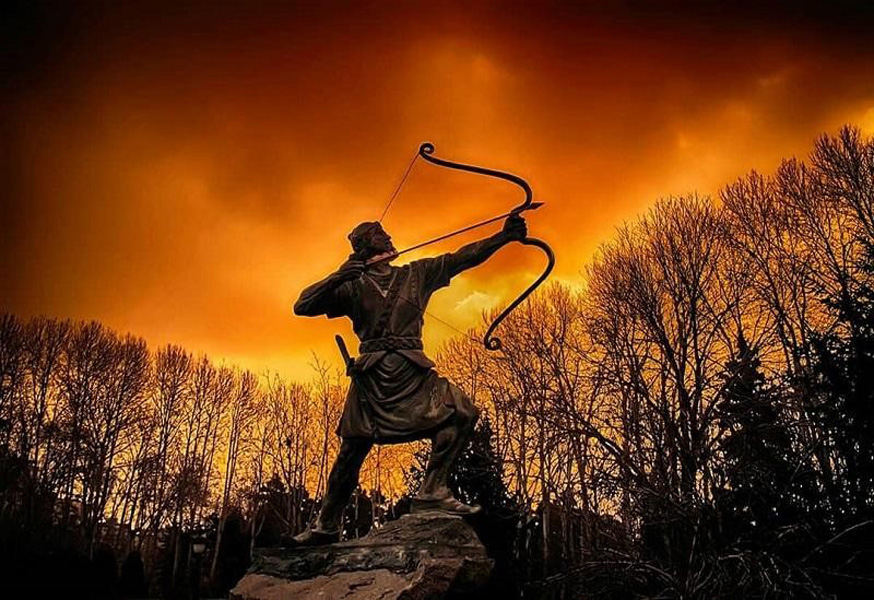
The people of Mazandaran province celebrate Tirgan on the evening of the twelfth day of the fourth month of the Persian calendar (July 4). Tirgan refers to the time when the legendary Arash Kamangir or Arash the Archer shot an arrow from his bow to determine the border between Iran and Turan. Arash gave his life after releasing the arrow because he had put all his strength into it. The Iranian traditions of Tirgan include performing many traditional rituals such as games, poetry reading, singing, eating, drinking, etc.
Mehregan
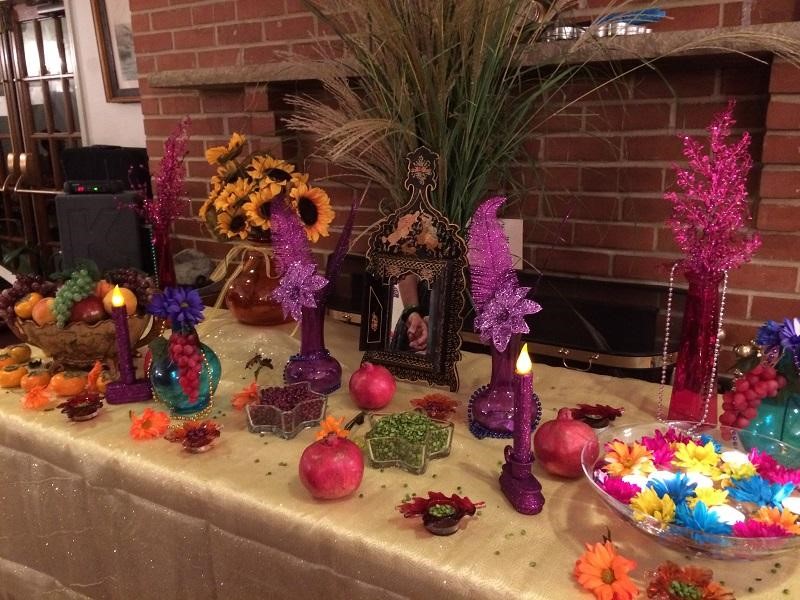
Mehr is the seventh month of the Iranian calendar and is the name of the sun goddess. During Mehr or the time of harvest, Zoroastrians of Kerman honor the mentioned occasion and honor these Iranian traditions by sacrificing a sheep or chicken, celebrating, etc.
Shab-e Yalda
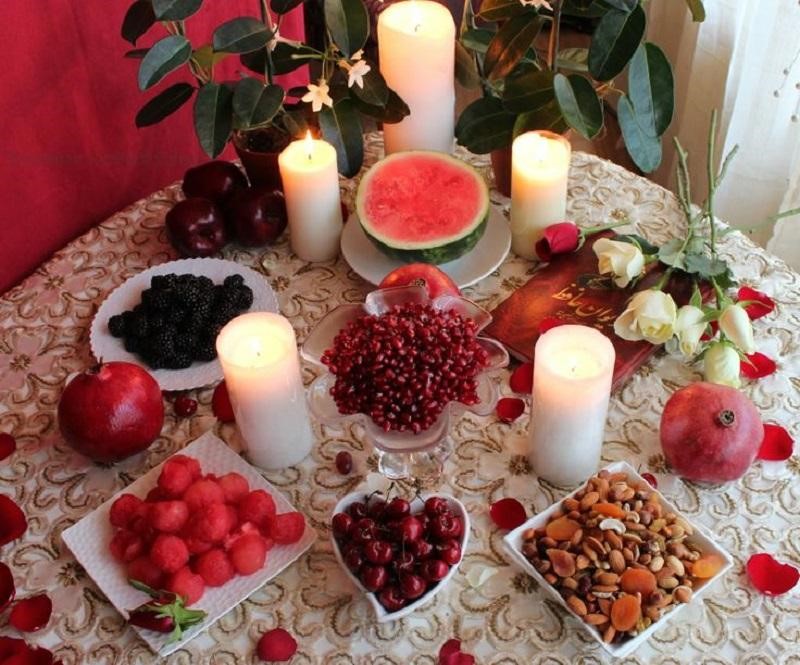
The longest night of the year is the last day of Azar in the Iranian calendar or December 22. Some believe that the invincible Mehr was born on this day. They said that at the end of this night, the darkness will be defeated and the light will win. These days are the harvest period and the beginning of the farmers’ rest period. The Iranian traditions of Shab-e Yalda or Yalda night, this Iranian celebration, include people gathering at the house of the oldest family member and spending a good time eating summer fruits and nuts. They read poems by Hafez poems and chat a lot.
Sadeh Festival
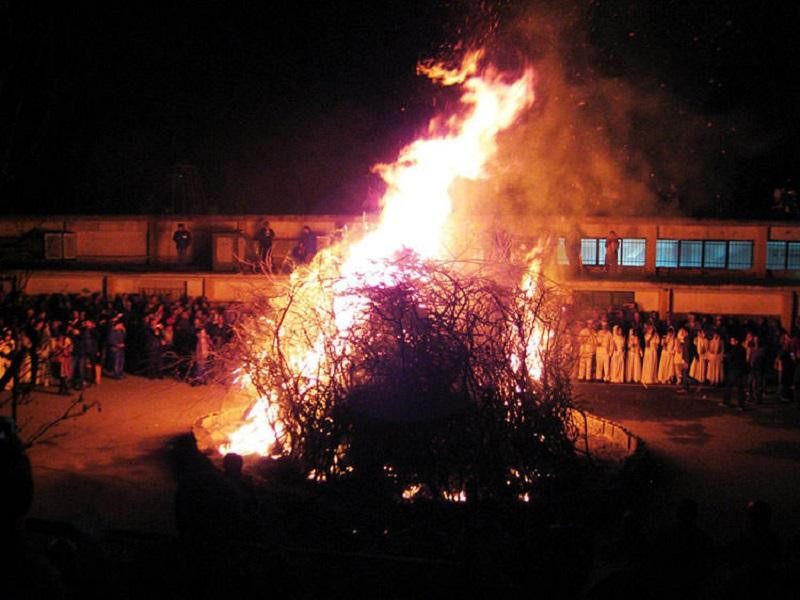
The word Sadeh means to be found and revealed and takes place 40 days after the birth of Mehr or Mehregan, on the 10th of Bahman (the 11th month in the Iranian solar calendar). People commemorate this occasion by lighting a huge fire outside the cities, which of course is interpreted in different ways. Today, this gathering is not celebrated by all Iranians. Zoroastrians are the only community that actively observes these Iranian traditions.
Sadeh is an ancient non-religious celebration during which followers of all religions gather, eat special Ash, and spend time with each other eating fruits and snacks. They all wear colorful clothes and make-up and have fun.
Pir-e Chak Chak
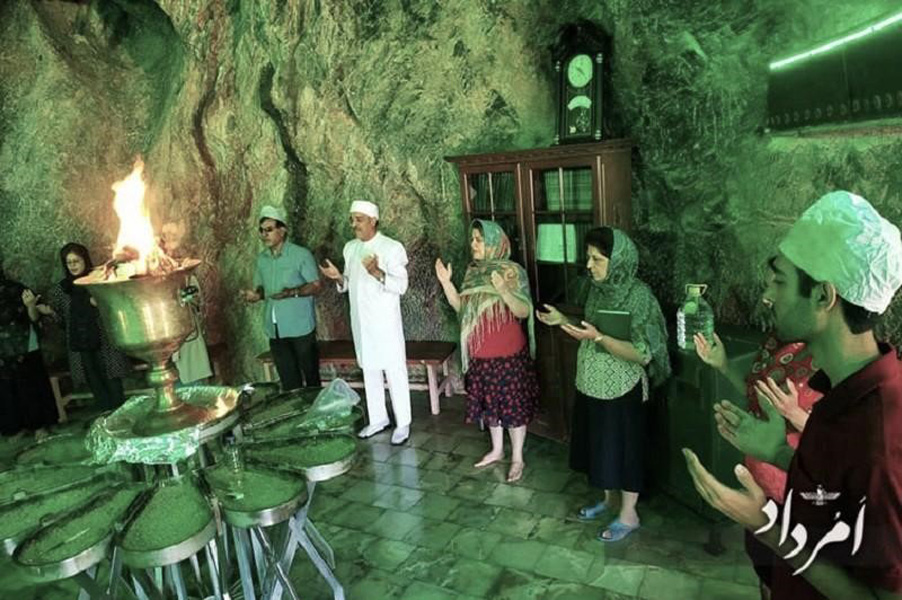
This is the name of a Zoroastrian holy place where Zoroastrians from all over the world gather. This shrine is located 62 kilometers northeast of Yazd and in the heart of the desert, which is the site of a special ceremony every year on the first day of Tir or June 22. According to Zoroastrian pilgrimage traditions, pilgrims should visit the temple with their heads covered two or three times during their visit to Chak Chak in Ardakan. There they pray, burn candles, make commitments, wear white clothes, and wrap shawls around their waists.
In addition to other food items, bread, and ash are offered to everyone. In addition, gathering at this shrine is a good time to meet old friends, have fun, splash water on each other, etc. Note that it is customary to splash water on each other in different parts of Iran during Nowruz and other gatherings.
Ghara Kilisa or Monastery of Saint Thaddeus
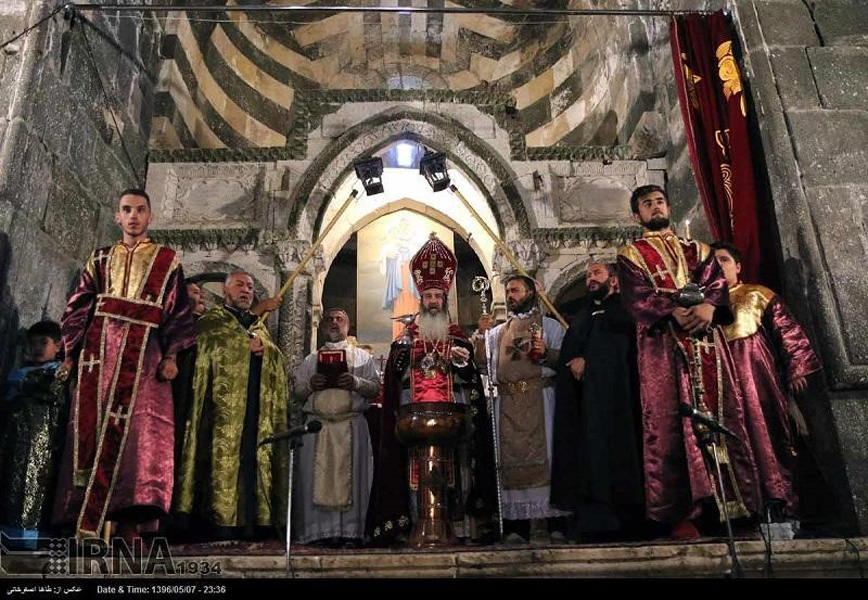
This ancient shrine is a famous ancient monastery near Maku in West Azerbaijan province. Ghara Kilisa or the black church is a place of pilgrimage destination for Armenians who go there in groups with their families after the middle of August every year. During their rituals, they stay there for at least three days of feasting, praying, singing, entertainment, dancing, and riding horses, mules, and donkeys.
The Armenians, who converted to Christianity in 300 AD, were a tribe within the Persian Empire. It is said that Thaddeus was one of the disciples of Jesus who preached the gospel. He is finally martyred and buried in the Monastery of Saint Thaddeus. Later, this church was built on his burial site.
Qalisuyan Rituals of Mashad-e Ardehal
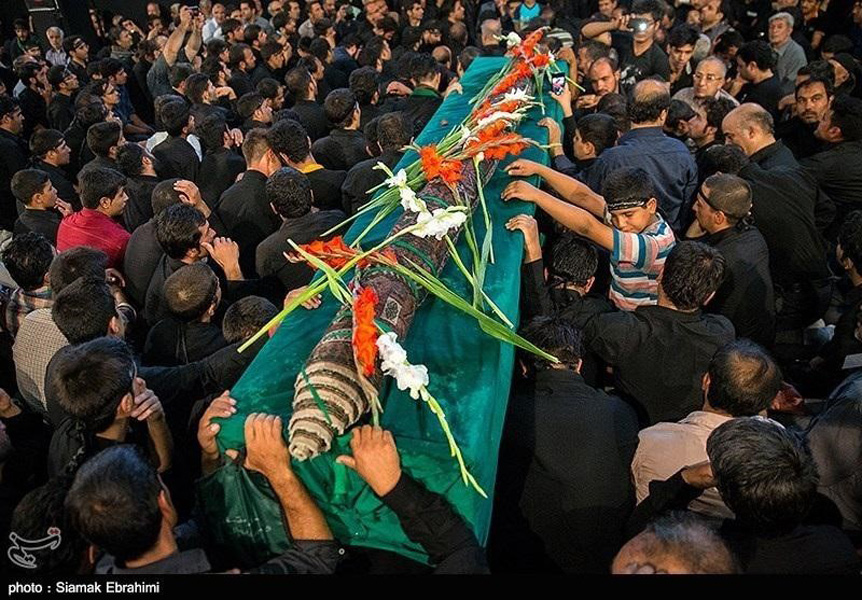
The people around Ardehal and Kashan hold a special Qalisuyan tradition (carpet-washing ritual) once a year to honor the martyrdom of Soltan Ali, one of the descendants of the 5th Shia Imam. This ceremony includes washing the carpet of his tomb in the spring near the shrine, which is a sign of commemoration of the event when his dead body was wrapped in a carpet and later the carpet was washed there.
Based on the traditions of this ceremony, people curse the enemies of Soltan Ali who killed him and swing sticks in the air as a symbol of condemning his enemies. This gathering includes a picnic, shopping, etc. But this gathering is very unique due to its special ceremony.
Other Iranian Traditions and Local Religious Traditions
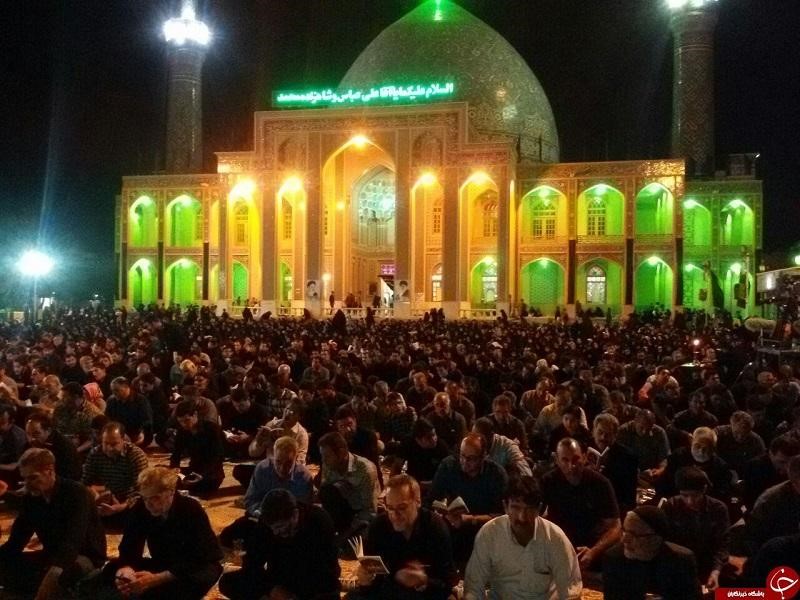
There are thousands of tombs in Iran where descendants of Shia Imams are buried. This is why they are called Imamzadeh (Imam-born). These places are the shrines of native and migrant Shias of that region. The buildings of some of these tombs are very old, for example, 800 years old. Due to the fact that different ethnic and religious groups live next to each other, you can find other types of gatherings and local traditions in every region of Iran.
In general, Iran is very rich in this cultural aspect, and exploring and recording all these Iranian traditions and customs related to honoring them requires years of research. What you read here was just a brief description of some of them so that you can find out more about Iranian traditions.
To read more:
- Farvardingan festival, date, and origin of related rituals
- Ardibeheshtegan festival, date, and origin of related rituals
- Khordadgan festival, date and origin of related rituals
- Tirgan festival and its importance for our ancestors
- The celebration of Amordadgan, date, and origin of related rituals
- Shahrivargan festival, date and origin of related rituals
- Mehregan Celebration; Introduction and its importance among ancient Iranians
- Abangan celebration; date and origin of related rituals
- Azargan celebration; date and origin of related rituals
- Deygan celebration; date and origin of related rituals
- Bahmangan celebration; date and origin of related rituals
- Sepandarmazgan Festival; date and origin of related rituals
- Introducing the Sadeh festival; date, origins and customs
- Growing roses and the Qamsar Kashan rosewater festival
- A Captivating Exploration into Traditional Iranian Dance
- 21 Examples of Traditional Iranian Clothing: Persian Costumes







